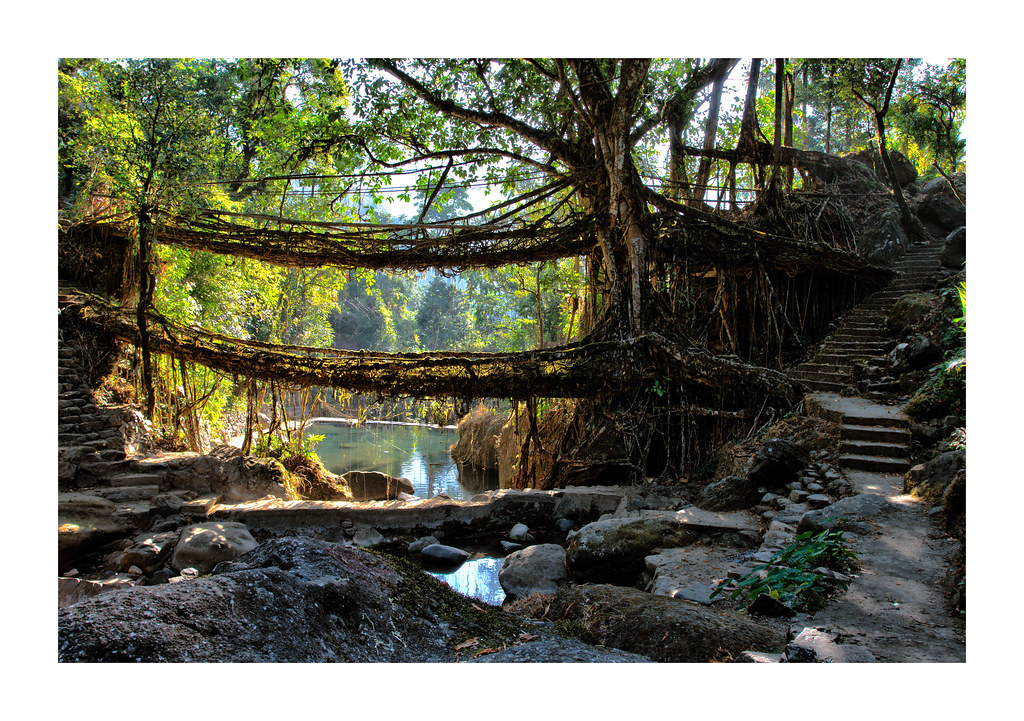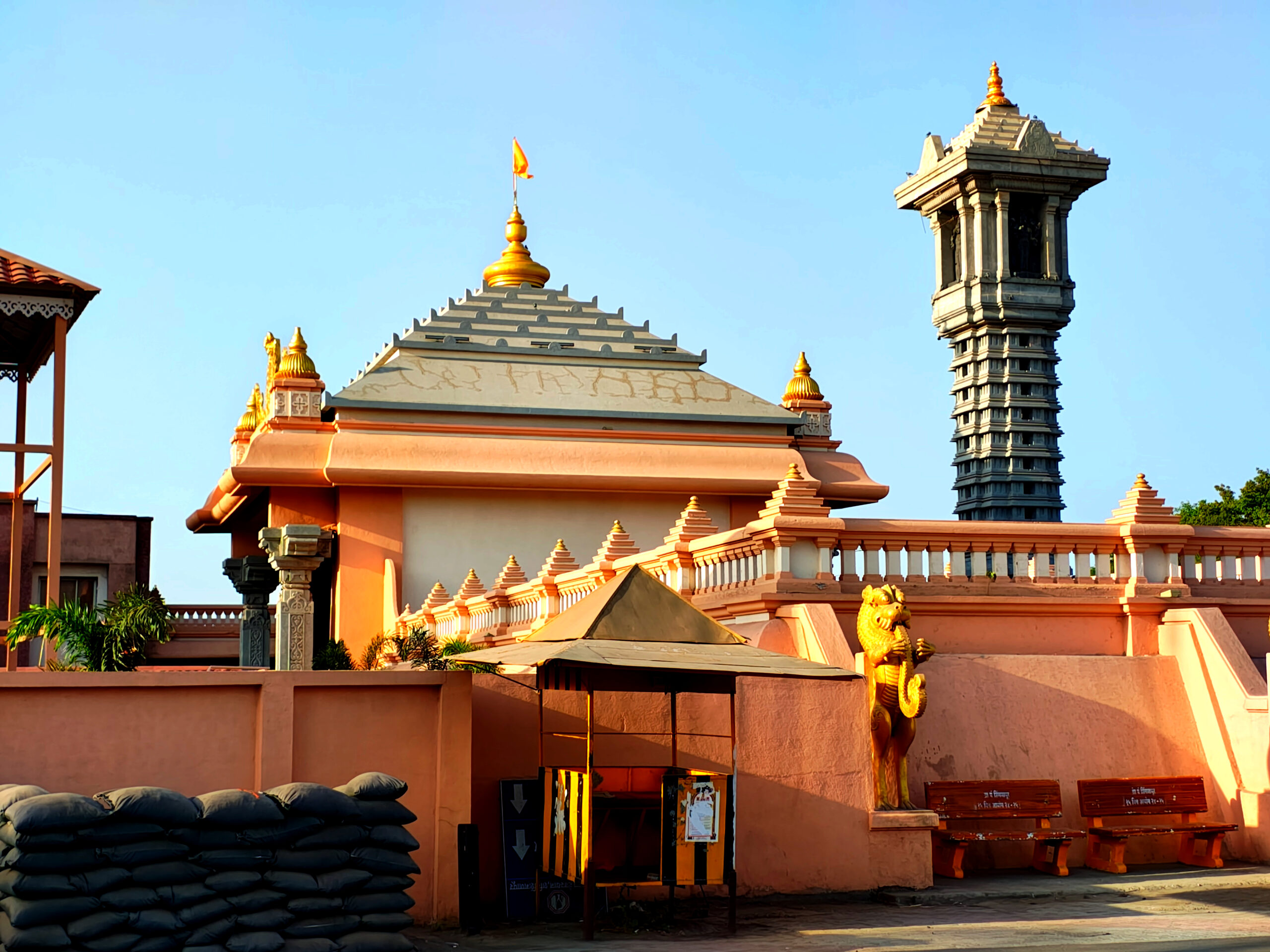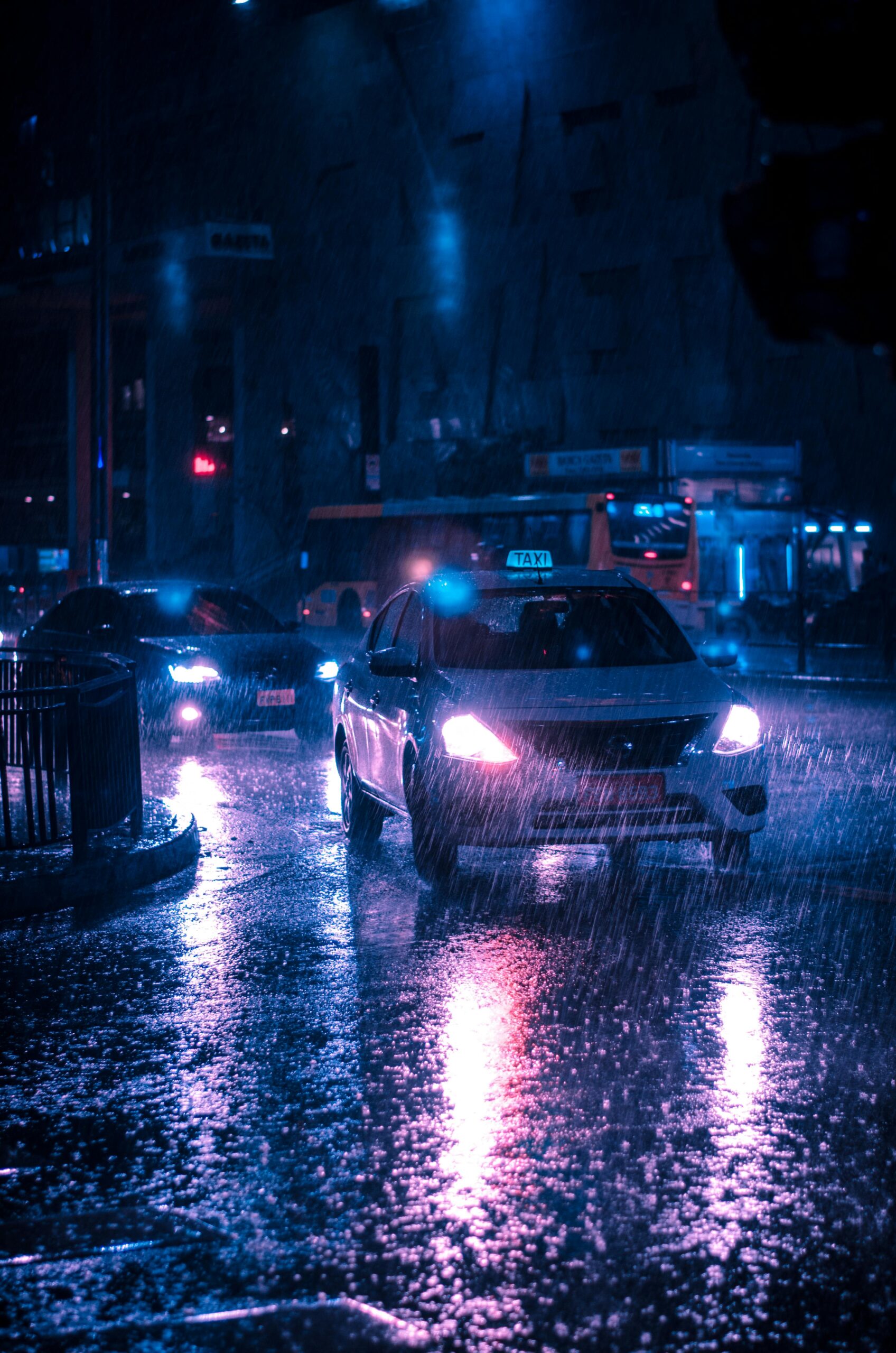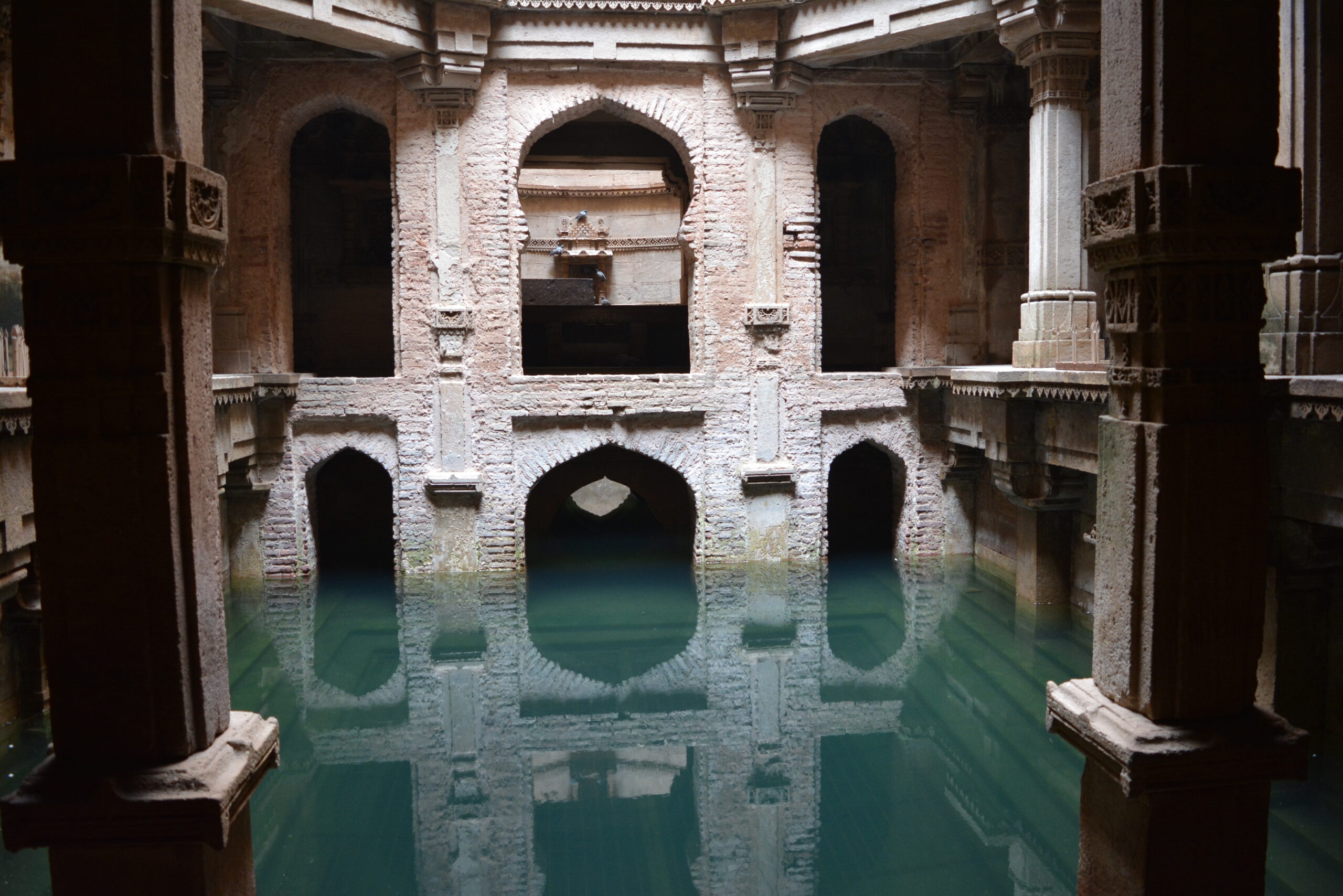Floating Islands, Magnetic Hills & Other Natural Wonders in India

Floating Islands, Magnetic Hills & Other Natural Wonders in India
India is not just rich in culture and heritage, but also in jaw-dropping natural phenomena that defy logic, gravity, and even geography. From floating islands to magnetic illusions, these natural wonders are scattered across the country and offer a surreal travel experience for curious explorers.
Let’s uncover some of India’s most astonishing natural wonders that feel straight out of a science fiction tale.
🌿 1. Floating Islands of Loktak Lake – Manipur
Nestled in the heart of Manipur, Loktak Lake is Asia’s only freshwater lake that features floating islands, locally known as “phumdis.” These masses are formed by a mix of soil, vegetation, and organic matter, and they drift gently on the lake surface.
-
What Makes It Unique:
The phumdis are large and strong enough to support homes and even a national park – Keibul Lamjao, the only floating national park in the world. -
Best Time to Visit: October to March
-
Location: Bishnupur District, Manipur
🧲 2. Magnetic Hill – Ladakh
Located on the Leh-Kargil-Baltic highway, this mysterious spot creates an optical illusion that defies gravity. Vehicles appear to move uphill on their own when parked at a marked point.
-
Scientific Explanation:
It’s not actual anti-gravity but a perfect illusion caused by the layout of the surrounding hills and road. -
Best Time to Visit: May to September
-
Location: 30 km from Leh, Ladakh
🔥 3. Living Root Bridges – Meghalaya
In Meghalaya’s rain-drenched villages, locals have trained rubber fig tree roots over centuries to grow across streams, forming natural, living bridges. Some are strong enough to carry 50+ people at once!
-
Highlight:
The famous Double-Decker Root Bridge in Nongriat village is a marvel of both botany and tribal engineering. -
Best Time to Visit: October to April
-
Location: Cherrapunji and nearby areas, Meghalaya
🌊 4. Reverse Waterfall – Naneghat, Maharashtra
This strange phenomenon occurs during the monsoon at Naneghat. Instead of flowing downwards, the waterfall seems to flow upward, pushed by strong valley winds.
-
Why It Happens:
High-velocity winds during monsoon blow the falling water back up, creating a surreal visual experience. -
Best Time to Visit: July to September
-
Location: Junnar, Maharashtra
🔮 5. Stilted Lakes of Majuli – Assam
Majuli is the largest river island in the world, located on the Brahmaputra River. During monsoon, the island transforms into a series of floating stilt villages and elevated rice fields — giving it a dreamlike, floating-farm look.
-
Best Time to Visit: November to February
-
Location: Assam, near Jorhat
🧭 Why Visit These Natural Marvels?
✅ Witness natural phenomena rarely seen anywhere else
✅ Perfect for eco-tourism and offbeat adventure
✅ Capture stunning visuals and stories
✅ Learn from centuries-old local wisdom and science
📌 Final Thoughts
From floating lands to gravity-defying hills, these natural wonders in India are proof that nature still holds secrets and surprises. Whether you’re a science lover, nature enthusiast, or curious traveler, these places are guaranteed to leave you awestruck.





